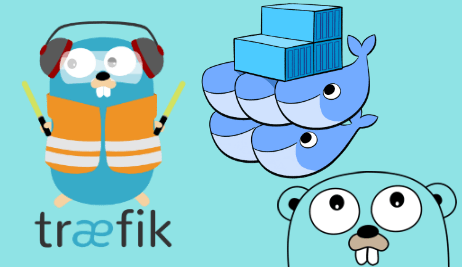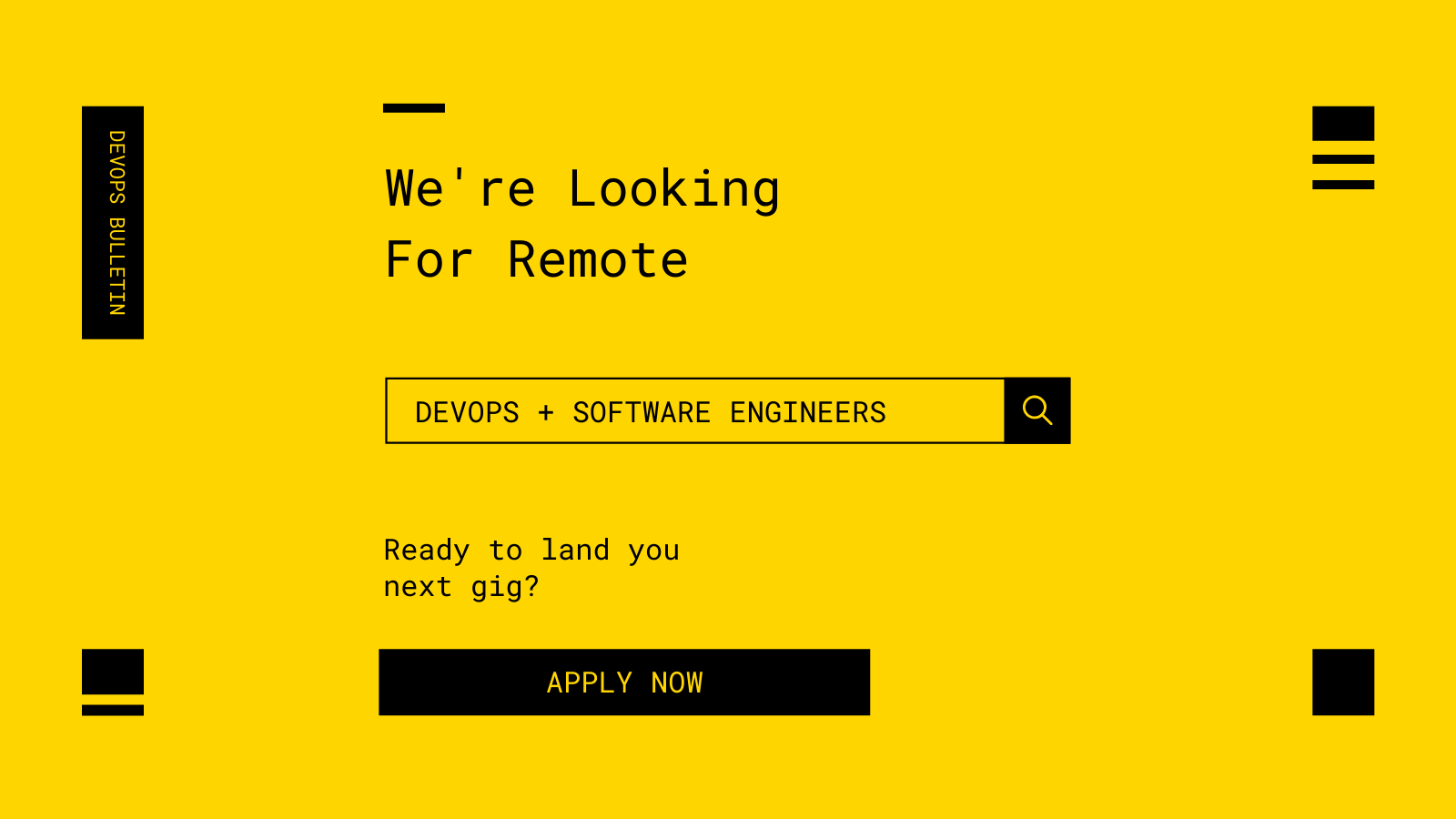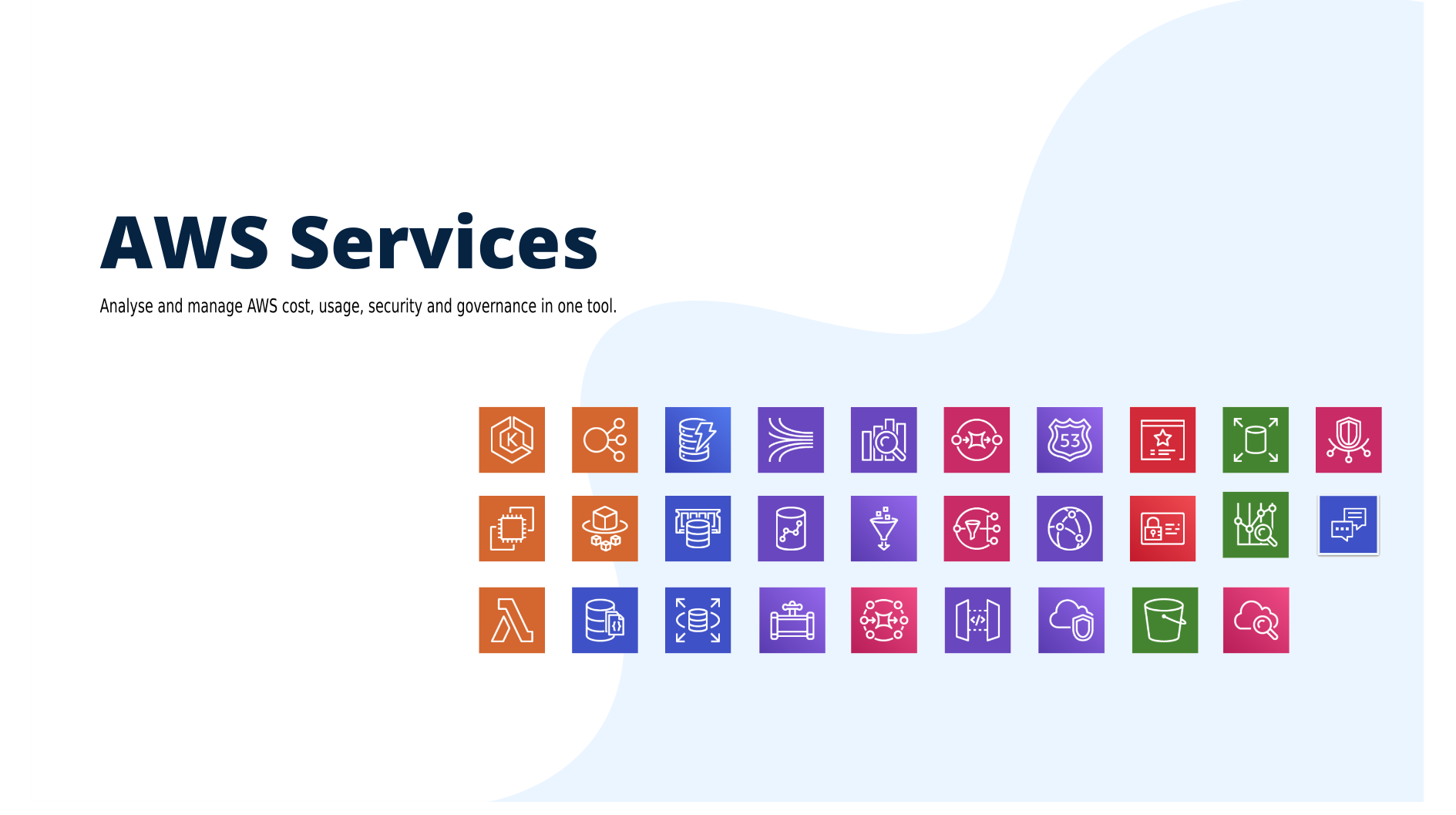
This post will show you how to setup a Swarm Cluster, deploy a couple of microservices, and create a Reverse Proxy Service (with Traefik) in charge of routing requests on their base URLs.

If you haven’t already, create a Swarm cluster, you could use the shell script below to setup a cluster with 3 nodes (1 Manager & 2 Workers)
1 | #!/bin/sh |
Issue the following command to execute the script:
1 | chmod +x setup.sh |
The output of the above command is as follows:
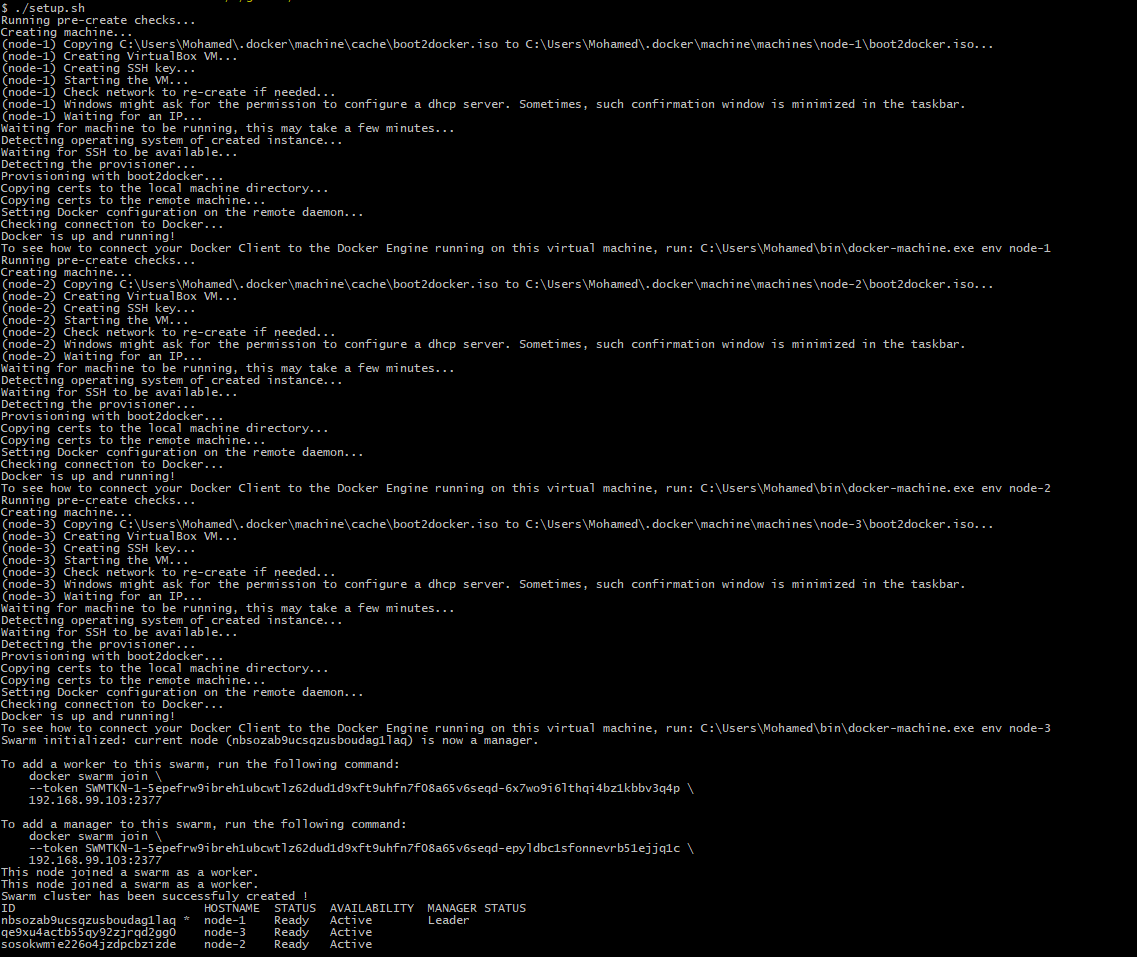
At this moment, we have 3 nodes:
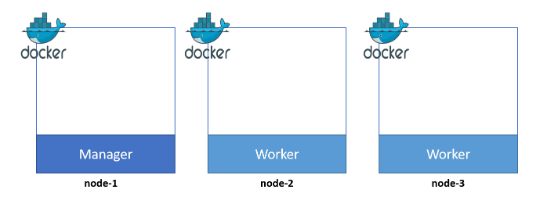
Our example microservice application consists of two parts. The Books API and the Movies API. For both parts I have prepared images for you that can be pulled from the DockerHub.
The Dockerfiles for both images can be found on my Github.
Create docker-compose.yml file with the following content:
1 | version: "3.3" |
- We use an overlay network named traefik-net, on which we add the services we want to expose to Traefik.
- We use constraints to deploy the APIs on workers & Traefik on Swarm manager.
- Traefik container is configured to listen on port 80 for the standard HTTP traffic, but also exposes port 8080 for a web dashboard.
- The use of docker socket (/var/run/docker.sock) allows Traefik to listen to Docker Daemon events, and reconfigure itself when containers are started/stopped.
- The label traefik.frontend.rule is used by Træfik to determine which container to use for which Request Path.
- The configs part create a configuration file for Traefik from config.toml (it enables the Docker backend)
1 | logLevel="DEBUG" |
In order to deploy our stack, we should execute the following command:
1 | docker stack deploy --compose-file docker-compose.yml api |
Let’s check the overlay network:
1 | docker network ls |

Traefik configuration:
1 | docker config ls |

To display the configuration content:
1 | docker config inspect api_traefik-config --pretty |
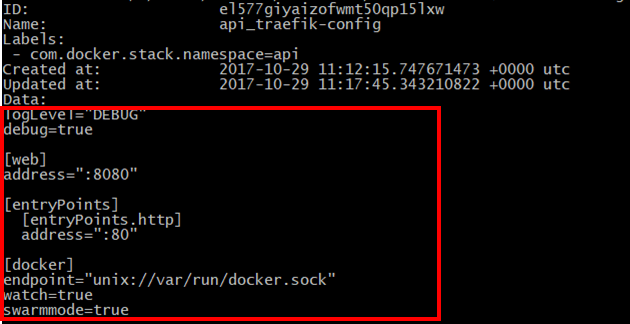
And finally, to list all the services:
1 | docker stack ps api |

In the list of above, you can see that the 3 containers are being running on node-1, node-2 & node-3 :

If you point your favorite browser (not you IE 😂) to the Traefik Dashboard URL (http://MANAGER_NODE_IP:8080) you should see that the frontends and backends are well defined:
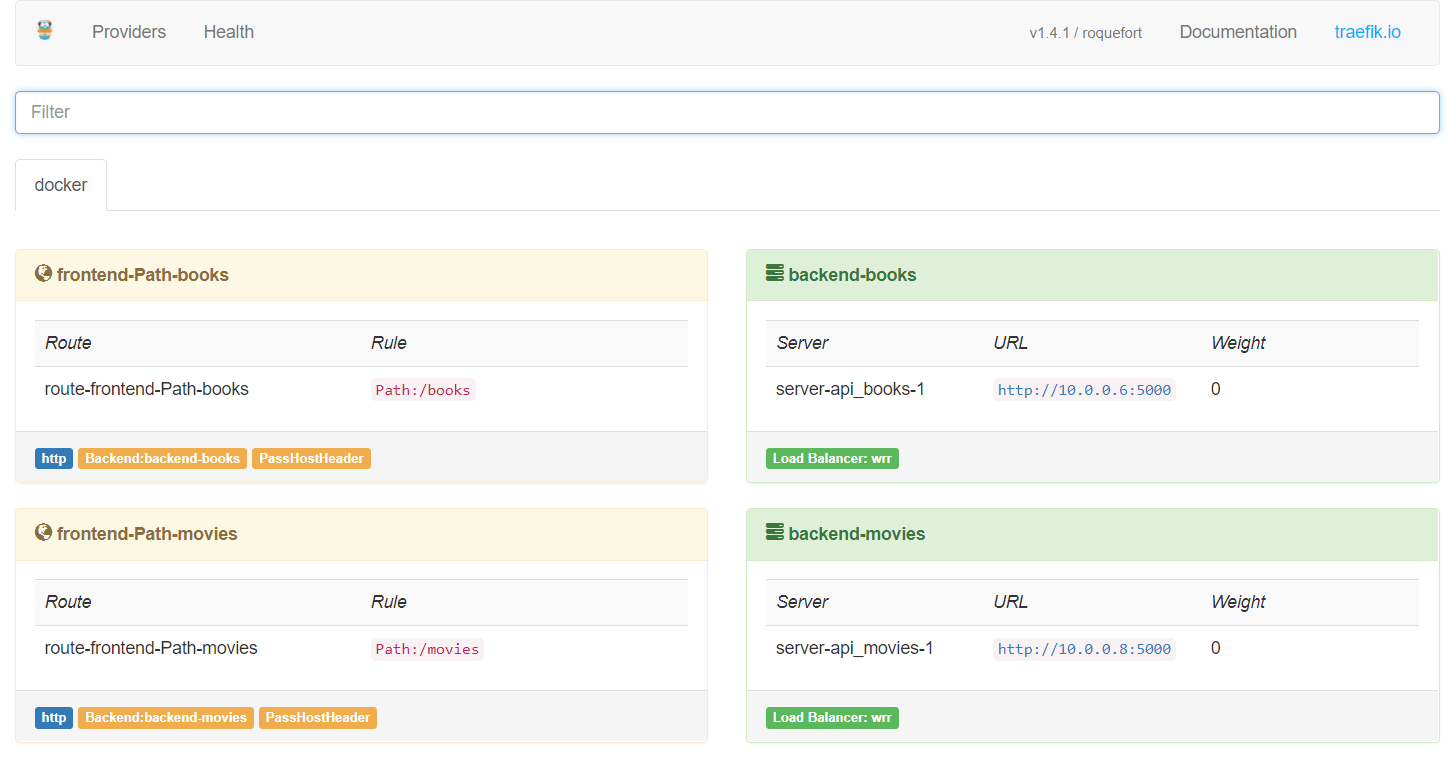
If you check http://MANAGER_NODE_IP/books, you will get a list of books
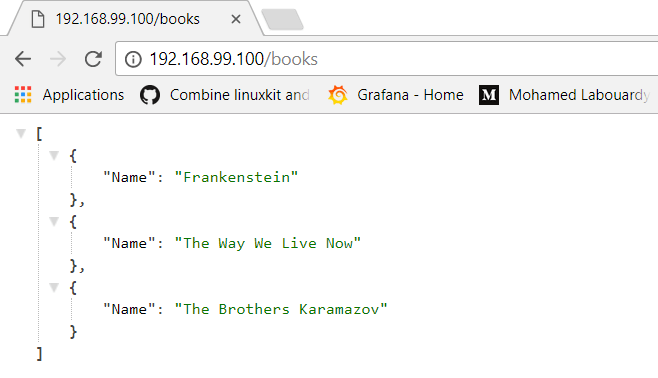
If you replace the base URL with /movies:
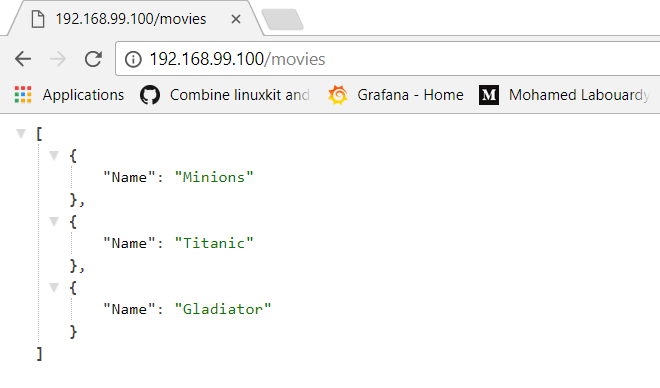
What happens if we want to scale out the books & movies APIs. With the docker service scale command:


We can confirm that:

Obviously Traefik did recognise that we started more containers and made them available to the right frontend automatically:
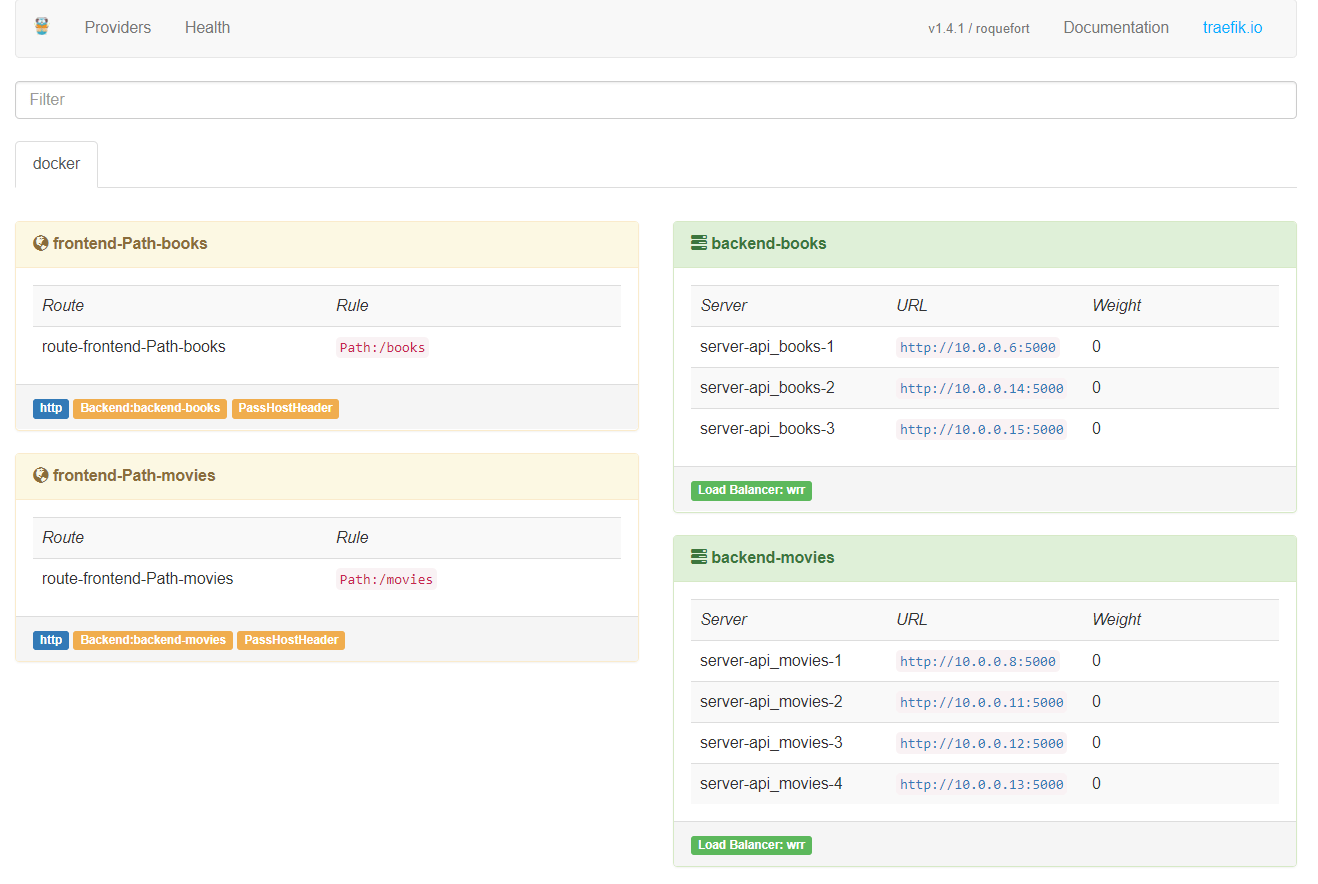
In the diagram below, you will find that the manager has decied to schedule the new containers on node-2 (3 of them) and node-3 (4 of them) using the Round Robin strategy

Drop your comments, feedback, or suggestions below — or connect with me directly on Twitter @mlabouardy.
